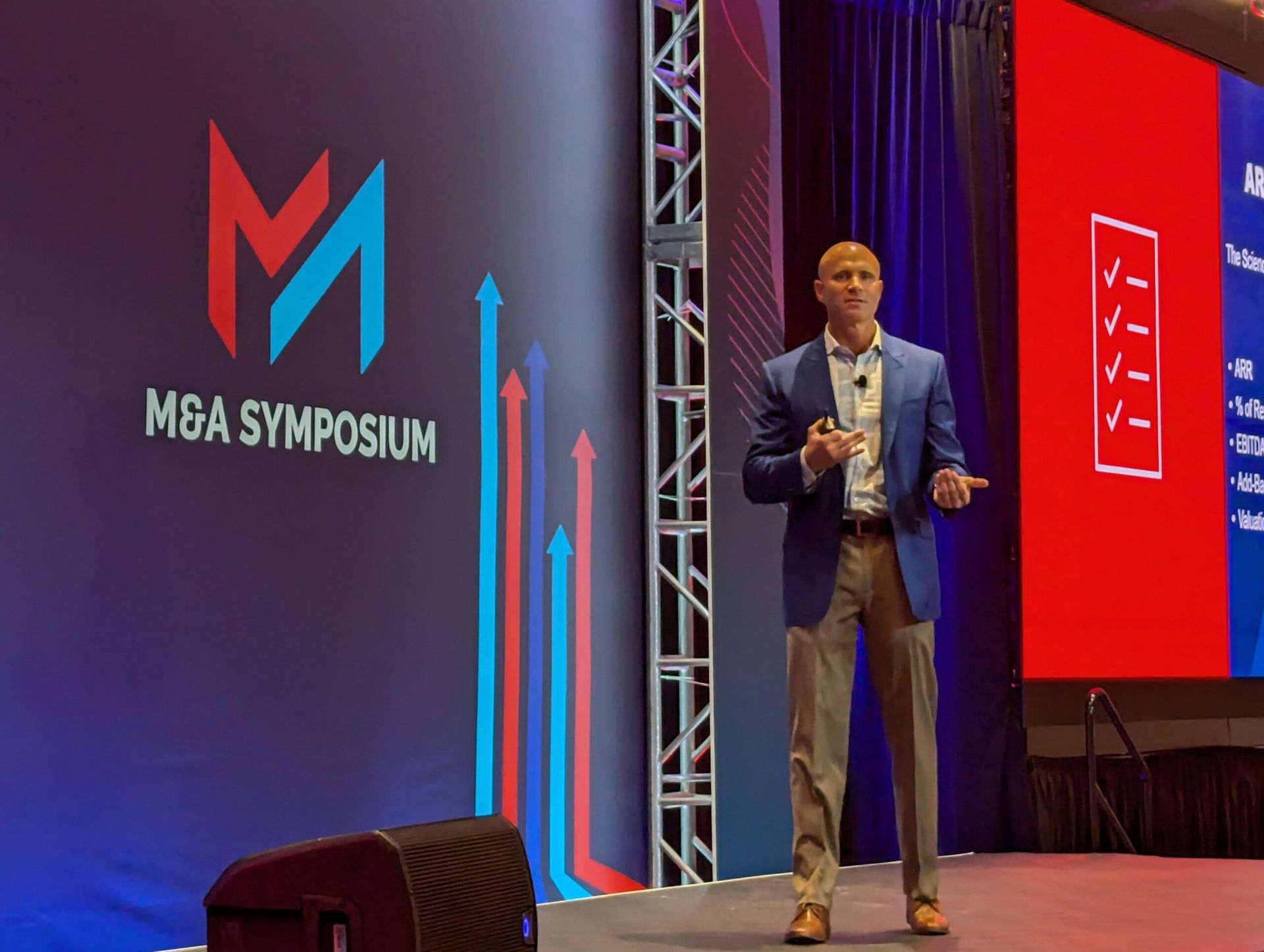Broadcom's attempt to acquire SAS Institute Inc. for $15 billion to $20 billion has ended, according to The Wall Street Journal. M&A negotiations between the two companies have ended with no deal, the report says.
A Broadcom-SAS Institute would triggered culture shock for SAS employees, ChannelE2E believes. Indeed, Broadcom is publicly owned and obsessed with shareholder returns. In stark contrast, SAS Institute is privately held and largely shielded from Wall Street scrutiny.
Looking ahead, two big question marks loom:
- First, will Broadcom now attempt to buy a different enterprise software company?
- Second, will SAS Institute attempt to find a new suitor for its business?
It's a safe bet Broadcom remains on the hunt for more acquisitions to further round out the company's enterprise software business -- which already includes products from CA Technologies and Symantec.
SAS Institute, meanwhile, has essentially established a buyout asking price of at least $15 billion, thanks to the information leaks that surfaced in the Journal.
SAS Institute Business Focus, History
SAS Institute, founded in 1976, is led by co-founder James Goodnight. The business analytics software developer has a history of pumping 20 to 30 percent of its revenues back into R&D -- though it's unclear if SAS has maintained that R&D budget to revenue ratio as the business has grown. The company's headcount is believed to be more than 13,000 employees worldwide -- including a major footprint at the SAS Institute headquarters in Cary, North Carolina.
SAS Institute rivals on various fronts include IBM, Microsoft, Microstrategy, Oracle, SAP, Tableau, Tibco and others. It's unclear if any of those SAS rivals will launch an alternative bid for the analytics software provider.
SAS Partners, Cloud Pivot
SAS Institute partners include resellers, OEMs and managed analytics service providers. The company also has a long history partnering with global systems integrators and database providers.
Like many software businesses, SAS Institute has spent recent years pivoting from traditional client-server software toward subscription-based SaaS services.




